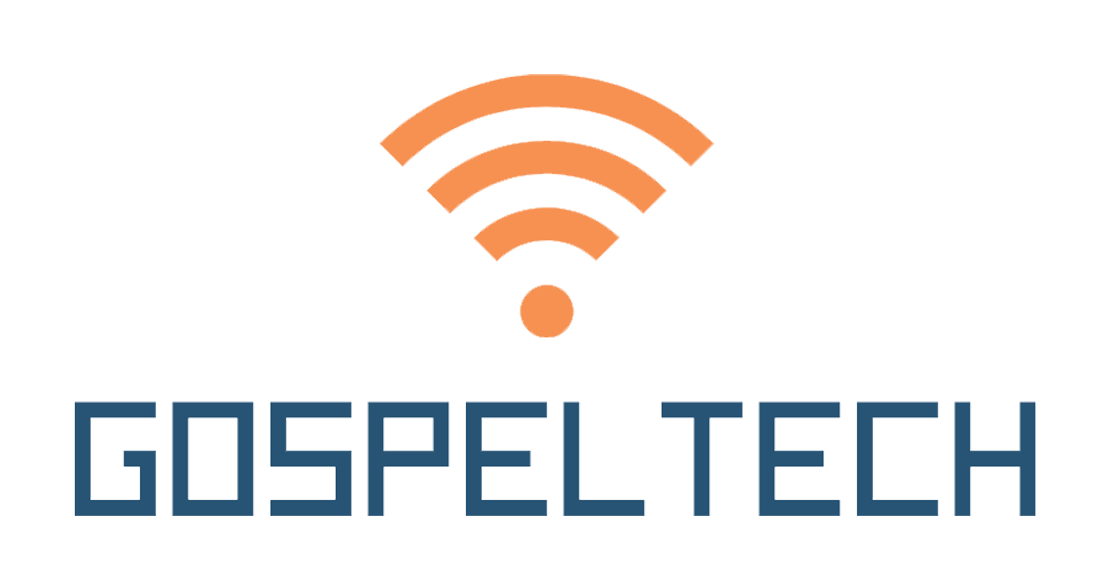There is a lot of scary tech research out there. We hear that tech can:
- impair attention (Mendoza, Pody, 2018)
- reduces test scores (Beland, Murphy, 2015)
- lower cognitive capacity (Weis, Cerankosky, 2010)
- be addictive (Freed, 2016; WHO March, 2018; Christakis, 2019)
- be a dangerous distraction (Ward, Duke, 2017; dscout, 2016; Ben Bajarin, 2016.
- lower how self-esteem Kross et al., 2013; Badcock, Davey, Whittle, Allen, & Friston, 2017)
- increase depressive symptoms (Twenge et al, 2017)
That’s concerning because the average teen spends 9+ hours a day on entertainment tech. Half of those young people use their school-provide devices to engage Drool Tech ( (Common Sense Media, 2015, Pew Research, 2015, Ed Tech, 2017).
The Importance of Tool vs. Drool Tech
There are really two kinds of tech. Tech, for the purpose of this research and parenting our children, isn’t just anything that plugs into a wall, has a screen, or involved digital media. Instead, we’ll define tech in two categories:
Tool Tech: Creating Contentment
The hallmark of Tool Tech is creating something new. We may use digital technology to do this, but we are active in the creation process and that creation happens at the speed of real life. Our enjoyment from this process comes from making something new lasts beyond the experience itself. To use a cooking analogy Tool Tech is like making and serving a large family meal for your favorite holiday. It takes time, but the enjoyment is far more than just the sitting and eating. There are memories and experiences, and lessons learned, that last far beyond the simple consumption of the product. This is partly thanks to Tool Tech tapping into serotonin, a chemical that helps us feel satisfied and content, and partly because there was a shared experience created by someone’s active participation and effort to make something new and communal.
Drool Tech: Consuming Content
The hallmark of Drool Tech, however, is consumption – and specifically consumption at a rate faster than real life. Drool Tech makes us passive. That doesn’t mean we never participate, but when we do we are at best taking orders and at worst we’re frenetically pursuing our desires until we’re stressed, anxious, and dissatisfied.
The problem with Drool Tech is that even when we do participate we don’t create – we simply consume. To use our cooking analogy again Drool Tech is like sitting down and only eating chocolate cake. It’s good while it happens but it gives us a tummy ache and we don’t have any satisfaction afterwards. The cake is good while we’re eating it thanks to dopamine, but dopamine burns off fast because it’s intended to drive us back to a behavior (want to feel good? repeat the behavior), which makes dopamine an excellent motivator – but not the best when it comes to stopping our desire for more cake.
Similarly, Drool Tech is focused on consumption and satisfies only as long as we take part in it. As Victoria Dunckley (M.D.) points out Drool Tech “keeps the user engaged by providing a sense of control, choices, and immediate gratification, but unfortunately these attributes are the same ones that activate reward circuits and lead to prolonged, compulsive, and even addictive use.” (Reset Your Child’s Brain, 2015). So the very things we like about Drool Tech are the same things that make it so unhealthy for us. Just like the chocolate cake analogy our Drool Tech is fun but not helpful.
A Quick Test
Which of the following types of tech are Tool Tech, and which are Drool Tech?
- MAKE A MOVIE
- PLAY A VIDEO GAME
- WATCH NETFLIX
- READ A NEWS FEED (smart phone, social media, or computer)
- USE A COMPUTER
Answer Key:
- Make a Movie: Tool (real life pace and creation focused)
- Play a Video Game: Drool (passive participation – reward focused)
- Netflix: Drool (passive participation – consumption focused)
- News Feed: Drool (passive participation – consumption focused)
- Computer: Tool / Drool (depends on it is being used)
Example 1 and 5 are types of tech that allow us to create without a constant loop of stimulation and rewards. The middle three, however, are entertainment where we consume rewards and participation rather than make something new in the process. It is important to note that a computer can be either tool or drool, depending on how we use it. We could use a computer to Make a Movie (1), but we can use that same device to play a game, watch Netflix, or scroll a news feed (2, 3, 4).
Review:
Tool Tech helps us create, connect, and design. We can:
- design art and 3D models
- make videos and music
- develop games and apps
- create stories and research
Drool Tech often distracts, entertains, and helps us escape reality. This isn’t always bad, but it can lead to unhealthy outcomes when we consume tech in order to feel happy.
The Line of Hope & Purpose
This line between Tool & Drool Tech is critical because it impacts the hope and purpose of our children. The average teen consumes more than 9 hours of Drool Tech a day (Common Sense Media, 2015), and just 5 hours of such entertainment tech increases the risk of depression 71% (Increases in Depressive Symptoms, Twenge et al, 2017). In these cases young people look to their devices and tech consumption for feeling good:
- Games provide adventure
- Social Media provides likes and a feeling of community
- Shows provide escape
- Music provides an experience and outlet for frustration
Our young people are growing up in a tech world. As parents we need to be aware of our child’s tech use and model healthy choices. We need to be present in our children’s tech use (using resources like The Circle, Screen Time, and Covenant Eyes) so we can start the conversation about tech and help them make tech choices that line up with their goals and potential.
pc: Photo by Austin Poon on Unsplash






0 Comments